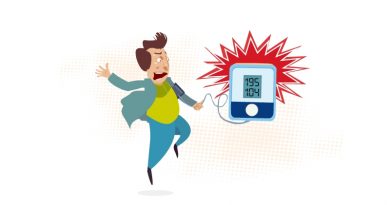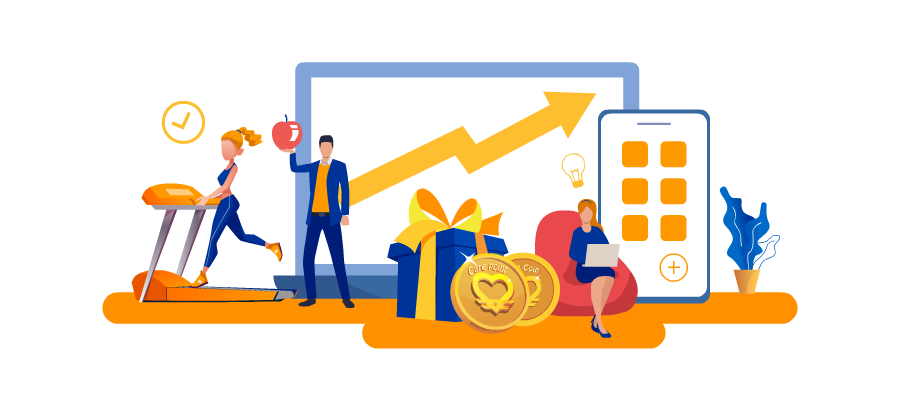If you struggle with chronic back pain, you’re not alone. Over 65 million people in the United States experience back pain. The causes of recurrent back pain can range from injuries to genetic factors, however, poor posture is a common cause of chronic back pain. Poor posture can contribute to strain on the muscles, ligaments, and joints in the back, leading to discomfort and pain. Improving posture can promote overall better spinal health and give those experiencing chronic back pain a sigh of relief. Co-founder of Midwest Anesthesia and Pain Specialists (MAPS), Thomas Pontinen, MD, LCP-C gave us some insight into how you can improve your posture and reduce back pain.
Strengthen Core Muscles
A great place to start is to focus on your core. “Good posture engages the muscles that support the spine,” says Pontinen. “When these muscles are strong and active, they provide better support to the spine, reducing the risk of back pain.”
Strengthening your core muscles can help improve your posture, support your spine, and reduce back pain. Planks, yoga, pilates, and other exercises that target core muscles such as crunches and back bridges can be incorporated into your daily exercise routine to help improve posture and ultimately reduce back pain.

Corporate Wellness App
CircleCare
Use Ergonomic Furniture
If you have a desk job, you may be unaware of how your sitting position affects your posture and contributes to back pain. Sitting for long periods can do a number on your back and neck, especially if you tend to slouch. Pontinen shared that “Ergonomic furniture is a great way to help support good posture and reduce slouching.” You also want to make sure your computer monitor is at eye level to avoid looking up or down for extended periods which can put strain on your neck and upper back.
Take Breaks
Prolonged sitting can contribute to poor posture and back pain, according to Pontinen. If you have a desk job, remember to take frequent breaks to stand, stretch, walk around, and get your body moving. These short breaks can help reduce pain and improve circulation. Research shows that frequent micro-breaks can be more effective at preventing aches and pains than one long break.
Physical Therapy
Correcting years of poor posture is not always an easy feat. This is where physical therapy comes in. Physical therapy is a great option for those looking to reduce back pain and improve posture for those who may need a little guidance or maybe just accountability. These experts can provide individualized exercises to strengthen and stretch your back, neck, and shoulder muscles depending on your specific needs and show you how to perform these exercises correctly so you don’t hurt yourself.
Be Mindful of Your Posture
A great start to improve your posture is simply by being mindful of it. Sit up tall and straight with your shoulders back. According to Pontinen, “Mindfulness is a great tool for overcoming pain and improving lifestyle, which includes posture!” He also mentioned that you can remind yourself to correct your posture by setting a recurrent alarm on your phone or asking a colleague or family member to hold you accountable by pointing out times when you’re slouching. After a while, correcting your posture will become a habit.
Wear Supportive Braces
A posture brace is another tool you can utilize to support your back and improve your posture. A brace works by restricting certain movements and providing support which ultimately encourages good posture. Over time this can help you correct poor posture habits and relieve pain.
Pain Management Options for Back Pain
It’s important to remember that improving your posture doesn’t happen overnight and takes time and consistency. For those who need an immediate fix for back pain, various pain management options can help.
Injection-Based Therapy
Those experiencing chronic back pain can experience rapid relief with injection-based therapy. Injections for back pain are used to deliver immediate anti-inflammatory pain relief medication locally, directly to the area causing the issues. These injections will reduce any swelling and relieve pressure on the affected area. Numbing medications can also help to relieve any nerve pain. Depending on the area affected, these types of injections may include:
- Epidural Steroid Injections
- Lumbar and cervical injections
- Sacroiliac Joint Injection
- Trigger Point Injections
- Lumbar Sympathetic Block
- Interscalene/Intercostal Blocks
Minimally Invasive Procedures
Clinics such as MAPS provide other minimally invasive procedures to relieve pain. These procedures don’t require surgery. Instead of merely alleviating symptoms with medication these procedures use the latest advancements in medical technology to block pain signals before they reach the brain. These options may include:
- Radiofrequency Ablation
- Spinal Cord Stimulator Implantation
- Kyphoplasty
- Vertebroplasty
- Lumbar Sympathetic Block
- Disc Decompression








